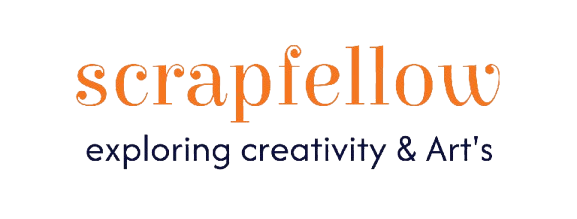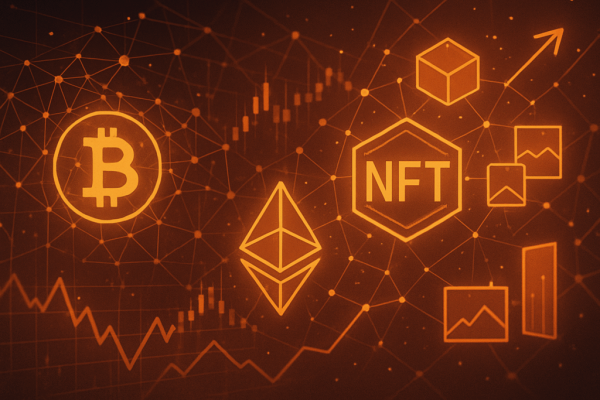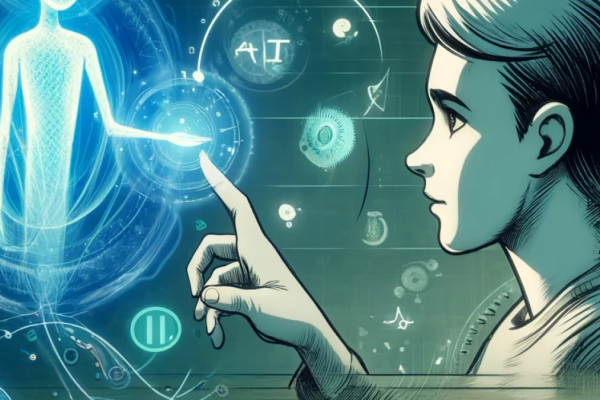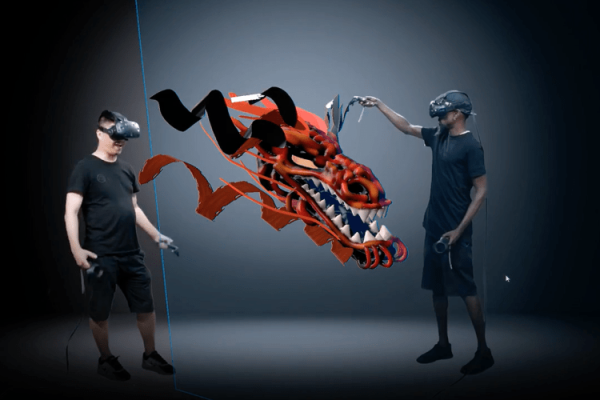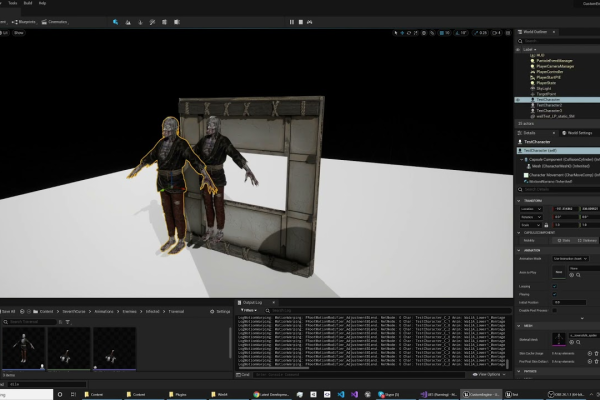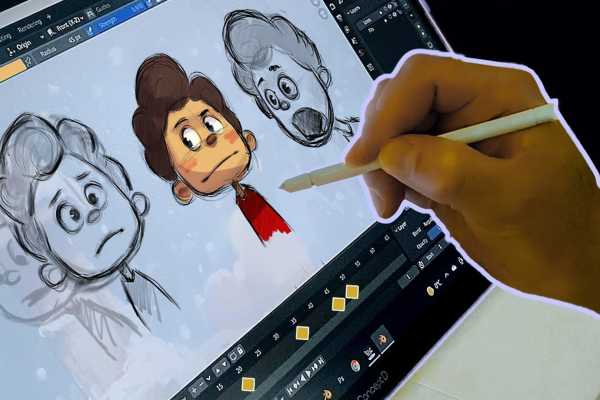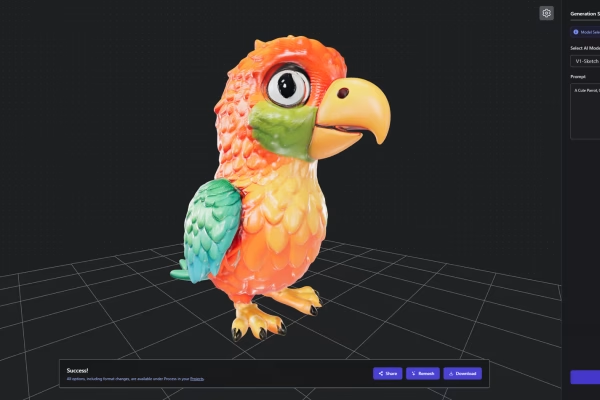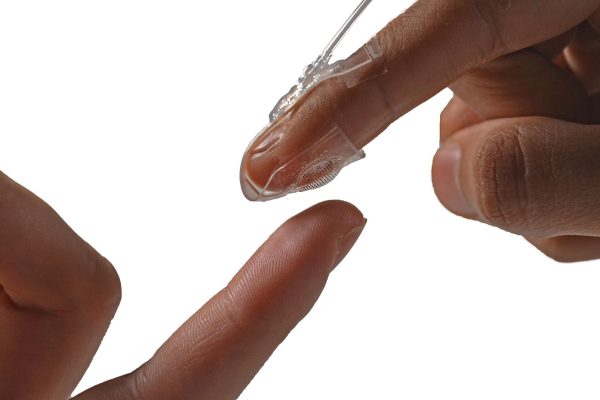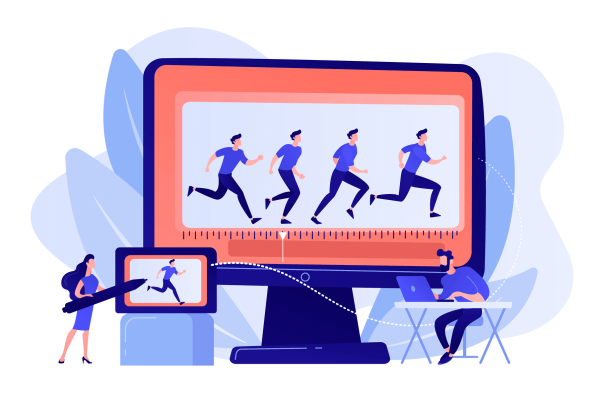
How Motion Graphics Elevate Modern Storytelling in Digital Media
The world of digital media has evolved far beyond static images and plain text — increasing numbers of creators now turn to motion graphics to deliver information and emotion more effectively. Motion graphics combines graphic design with animation, bringing shapes, icons, text or shapes to life so that they move, pulse, or transform over time….
